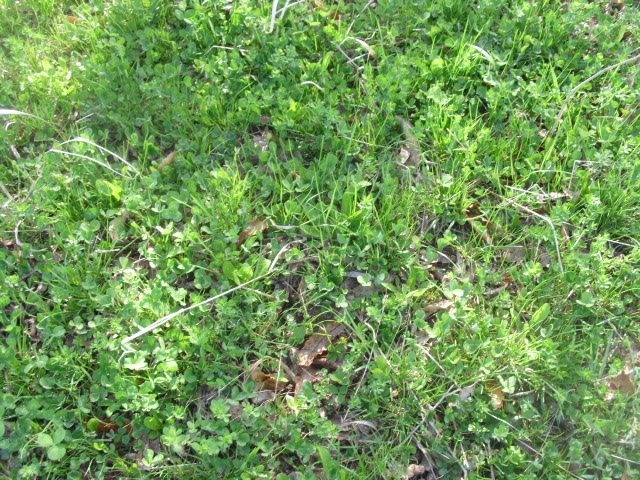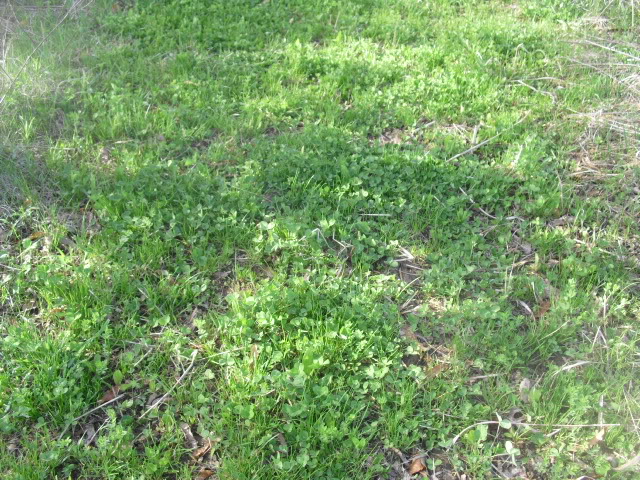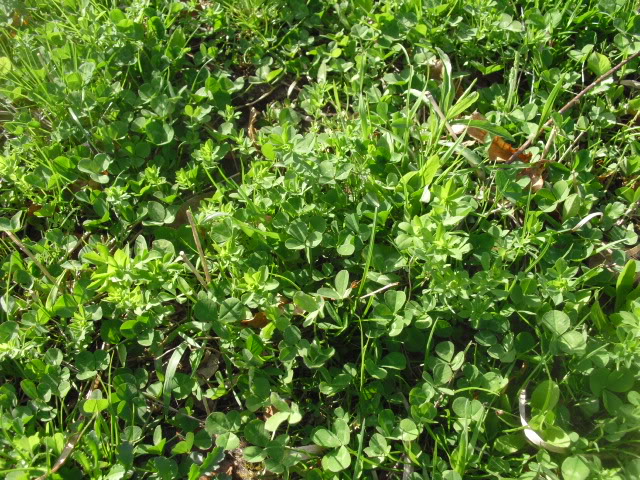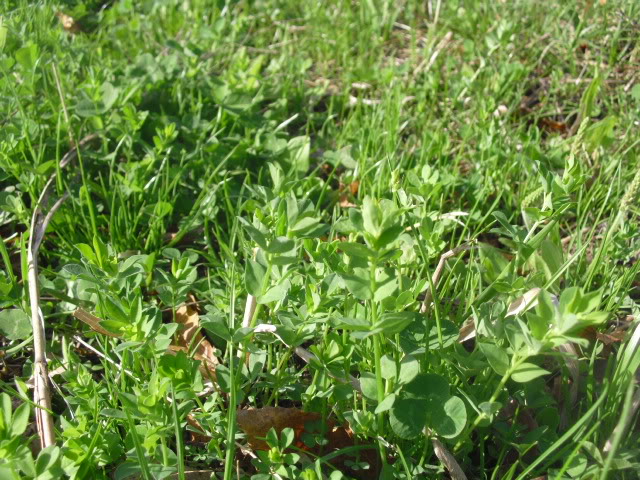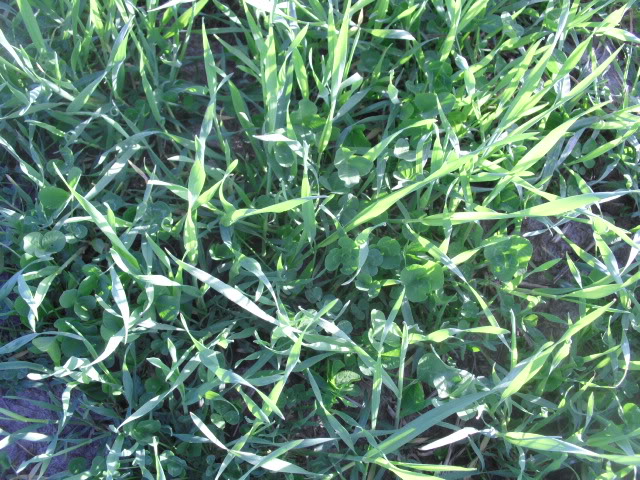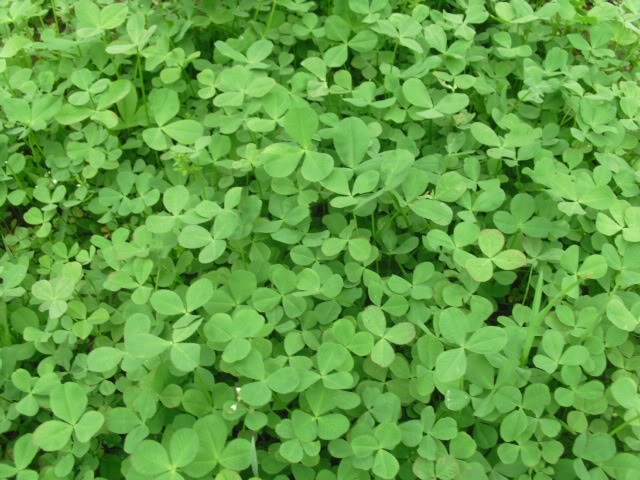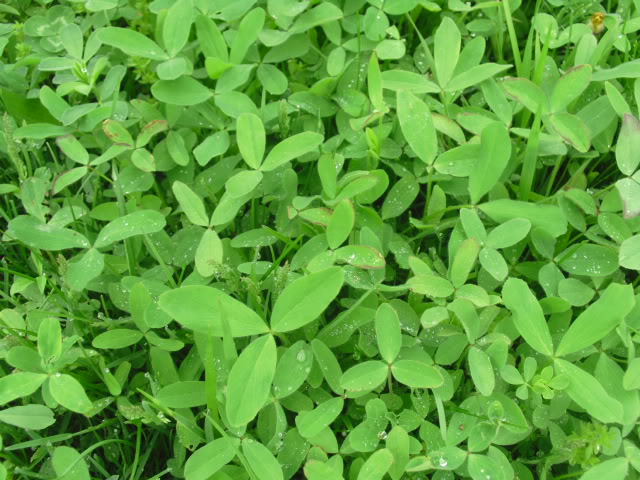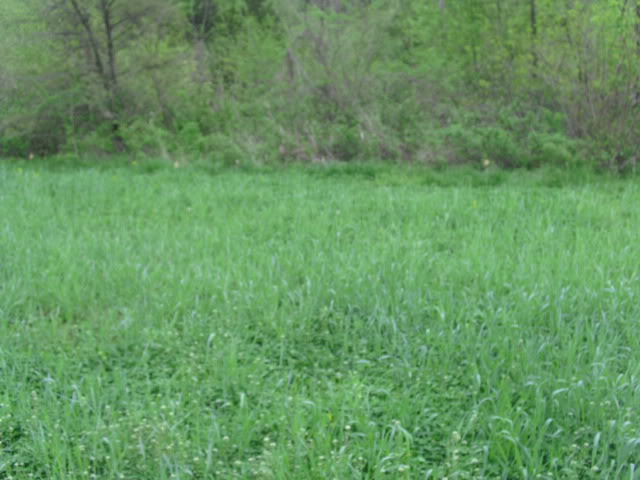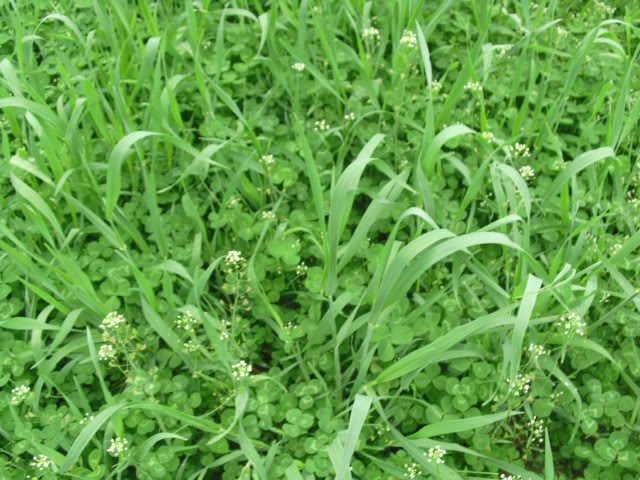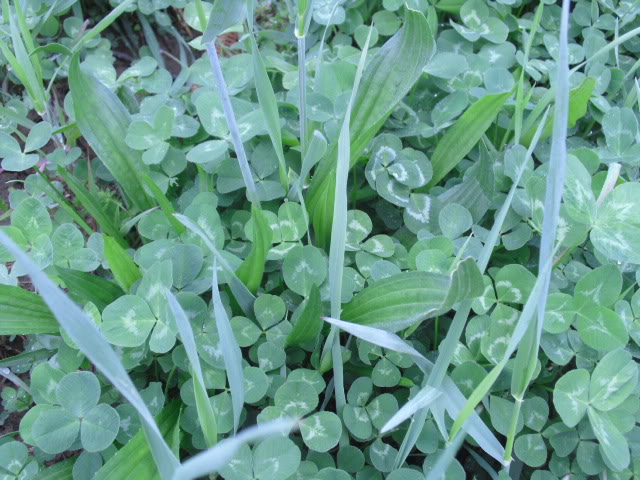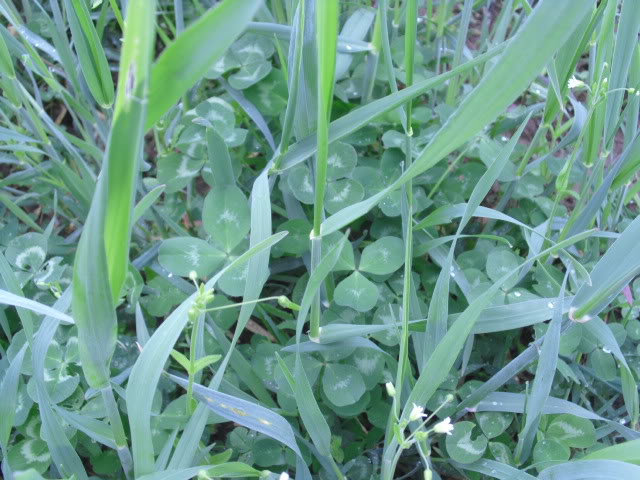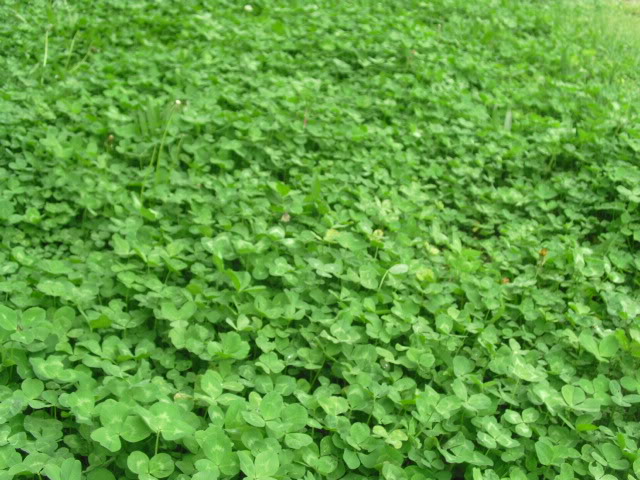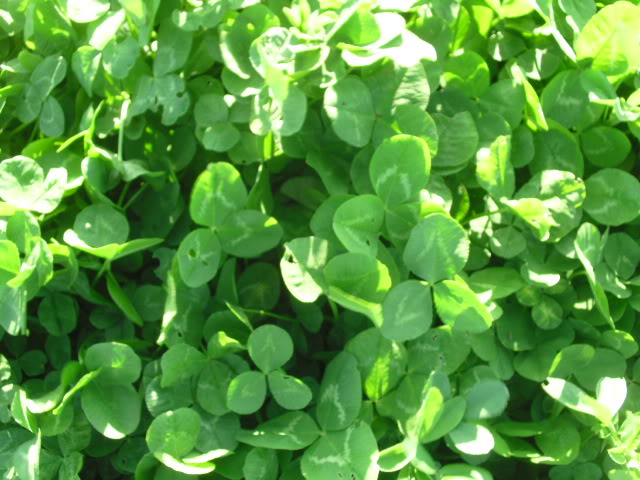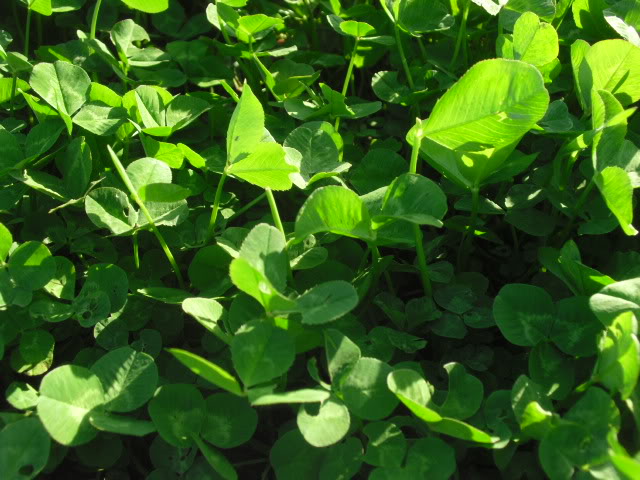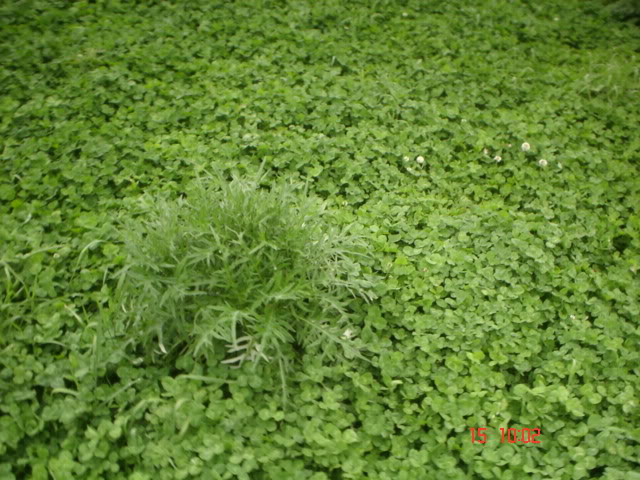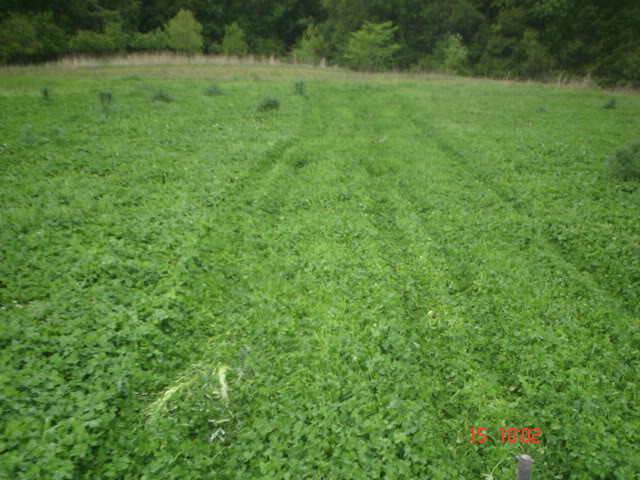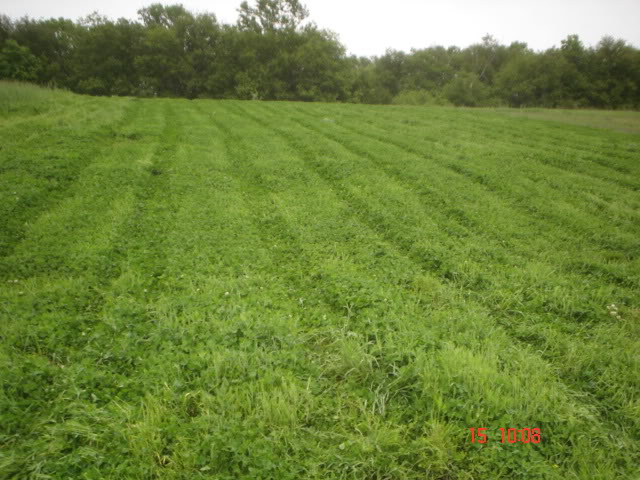Understanding the land, crops and soils is not unlike hunting whitetails...much of it cannot be gleaned from a book or a classroom but rather a willingness to become intimately familiar through astute observations over a period of years.
Landowners wonder when and if they should add fertilizer to established clover plots but generally we can tell simply by observing clover growth and color as with any crop.
Lush thick green clover that is not being harvested for hay will rarely need additional fertilizer if soil nutrient needs were properly addressed via soil test at planting. On the other hand clover that is short, pale, thin and appearing stressed is certainly lacking and further soil testing will yield answers to what may be missing.
I have tested the reaction of whitetails to applications of potasium and phosphorus and even supplemental nitrogen (despite the fact clover is a legume it is only too happy to use added N) but on otherwise already healthy clover I have found no preference or increased usage by whitetails.
Healthy clovers grown on fertile soils rarely need much weed control because they grow too thick and are too dominate for most annual weeds and grasses to compete with. Alice white clover is a great example because it was bred purposely to be sown into grass pastures and has to be aggressive enough to not only survive but thrive in that kind of environment.
Many clovers being advertised and sold to unsuspecting hunter/landowners today do not exhibit these aggressive tendencies and this then leads to increased herbicide applications that otherwise would be unnecessary.
This lush Alice white clover has never received any fertilizer even at establishment because soil fertility was alread high and P&K at optimum levels and three years later it still grows so fast I clip it frequently. A dozen thistle plants are all that has invaded...
It's only mid May and this is the second time I have clipped this plot
Alice is all but immune to glyphosate (Roundup) so if the thistles persist I will nuke them individually but they are not fond of being mowed.
I have been helping a friend establish food plots in an old pasture that is very run down and hadn't been tilled probably ever and there 400#'s of pel lime and 400#'s of 6-24-24 brought the clover to life. By using crop rotations and incorporating cover crops we will eventually lesson the need for commercial fertilizers, so don't make clover "the plan" but part of a complete plan that includes several easily rotated crops.
Alice and other common clovers cost barely $30 an acre for seed so don't be afraid to use these clovers as both a food source for whitetails and a green manure, soil builder and source of nitrogen for the next crop....





